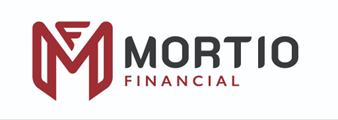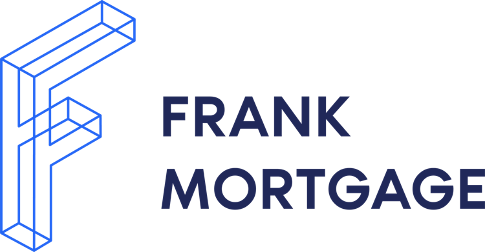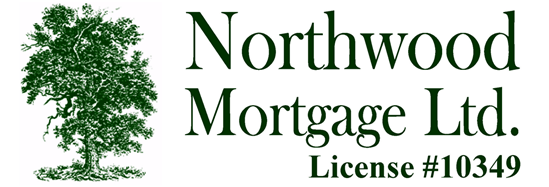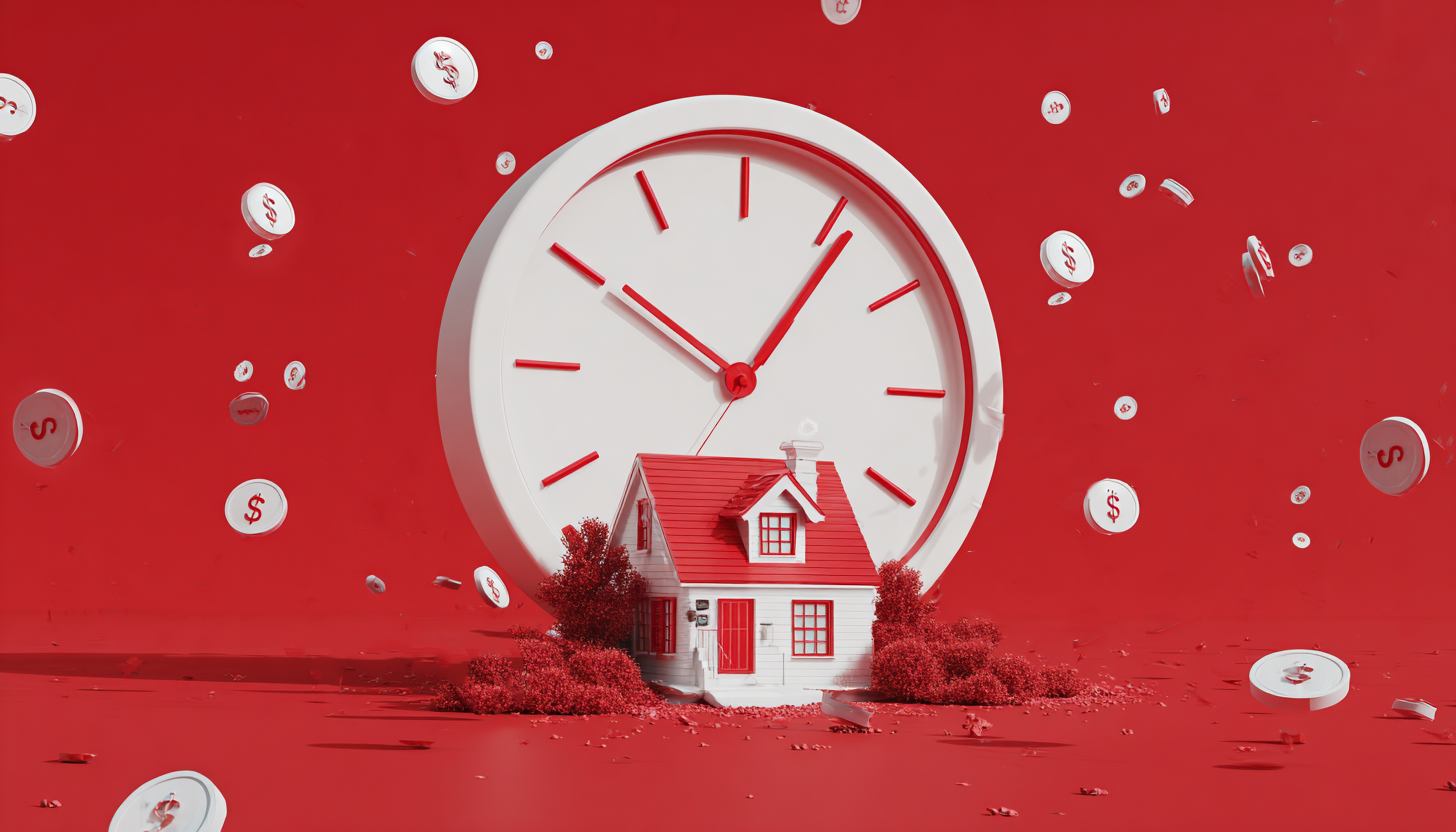Find the Best 3-year Variable Mortgage Rates in Canada
Compare the latest 3-year variable rates from major banks, credit unions and mortgage brokers.
Today's Best Mortgage Rates in Canada
Evaluate Canada's best 3-year variable mortgage rates in one place. Rates.cas Rate Matrix lets you compare pricing for all key mortgage types and terms.
Rates are based on an average mortgage of $500,000 and subject to change based on filter criteria.
Updated 10:02 on Jul 26, 2025| Placeholder |
Insured
The rates in this column apply to borrowers who have purchased mortgage default insurance.
This is required when you purchase a home with less than a 20% down payment.
The home must be owner-occupied and the amortization must be 25 years or less.
|
80% LTV
The rates in this column apply to mortgage amounts between 65.01% and 80% of the property value. The home must be owner-occupied and have an amortization of 25 years or less. You must have purchased it for less than $1 million. These rates are not available on refinances. Refinances require "Uninsured" rates.
|
65% LTV
The rates in this column apply to mortgage amounts that are 65% of the property value or less. The home must be owner-occupied and have an amortization of 25 years or less. You must have purchased it for less than $1 million. These rates are not available on refinances. Refinances require "Uninsured" rates.
|
Uninsured
The rates in this column apply to purchases over $1 million, refinances and amortizations over 25 years. More info on the differences between insured and uninsured rates.
|
Bank Rate
Bank Rate is the mortgage interest rate posted by the big banks in Canada.
|
|---|---|---|---|---|---|
| 1-year fixed rate | 4.84% | 4.79% | 4.79% | 5.59% |
5.49%
|
| 2-years fixed rate | 4.04% | 4.34% | 4.34% | 4.39% |
4.79%
|
| 3-years fixed rate | 3.87% | 4.09% | 4.09% | 4.24% |
4.29%
|
| 4-years fixed rate | 4.09% | 4.15% | 4.15% | 4.44% |
4.39%
|
| 5-years fixed rate | 3.91% | 3.89% | 3.89% | 3.91% |
4.09%
|
| 7-years fixed rate | 5.19% | 5.00% | 5.00% | 5.19% |
5.00%
|
| 10-years fixed rate | 5.24% | 5.24% | 5.24% | 5.29% |
6.09%
|
| 3-years variable rate | 4.40% | 4.30% | 4.30% | 4.40% |
6.35%
|
| 5-years variable rate | 4.04% | 4.04% | 4.04% | 4.05% |
4.25%
|
| HELOC rate | N/A | N/A | N/A | N/A |
N/A
|
| Stress Test | 5.25% | 5.25% | 5.25% | 5.25% |
N/A
|
Today's Best Mortgage Rates in Canada
Evaluate Canada’s best mortgage rates in one place. You can compare the most current mortgage rates and monthly payments from 175+ banks and lenders across Canada.
Rates are based on an average mortgage of $500,000 and subject to change based on filter criteria.
| Lender
|
Insured
|
Insurable
|
Uninsured
|
|---|---|---|---|
|
Mortio Financial Corp
|
3.99%
$2,627.39 / month
|
4.24%
$2,695.56 / month
|
4.14%
$2,668.19 / month
|
|
Frank Mortgage
|
4.09%
$2,654.55 / month
|
4.19%
$2,681.85 / month
|
4.09%
$2,654.55 / month
|
|
Northwood Mortgage Ltd.
|
4.14%
$2,668.19 / month
|
4.24%
$2,695.56 / month
|
4.24%
$2,695.56 / month
|
|
Mortgage Outlet - Russel Inspektor
|
4.29%
$2,709.29 / month
|
4.29%
$2,709.29 / month
|
4.29%
$2,709.29 / month
|
|
Innovation Federal Credit Union
|
4.39%
$2,736.87 / month
|
4.39%
$2,736.87 / month
|
4.39%
$2,736.87 / month
|
|
True North Mortgage
|
2.99%
$2,363.66 / month
|
2.99%
$2,363.66 / month
|
2.99%
$2,363.66 / month
|
|
The Mortgage Advisors
|
3.87%
$2,594.98 / month
|
3.87%
$2,594.98 / month
|
3.87%
$2,594.98 / month
|
|
Nesto
|
3.91%
$2,605.76 / month
|
3.91%
$2,605.76 / month
|
3.91%
$2,605.76 / month
|
|
Hypotheca
|
3.94%
$2,613.86 / month
|
3.94%
$2,613.86 / month
|
3.94%
$2,613.86 / month
|
|
MortgagestoGo
|
3.94%
$2,613.86 / month
|
3.94%
$2,613.86 / month
|
3.94%
$2,613.86 / month
|
|
One Link Mortgage & Financial
|
3.95%
$2,616.57 / month
|
3.95%
$2,616.57 / month
|
3.95%
$2,616.57 / month
|
|
Sudbury Credit Union
|
3.99%
$2,627.39 / month
|
3.99%
$2,627.39 / month
|
3.99%
$2,627.39 / month
|
|
City Wide Financial Corp
|
3.99%
$2,627.39 / month
|
3.99%
$2,627.39 / month
|
3.99%
$2,627.39 / month
|
|
The Police Credit Union
|
3.99%
$2,627.39 / month
|
3.99%
$2,627.39 / month
|
3.99%
$2,627.39 / month
|
|
Monster Mortgage
|
3.99%
$2,627.39 / month
|
3.99%
$2,627.39 / month
|
3.99%
$2,627.39 / month
|
|
Northern Birch Credit Union
|
3.99%
$2,627.39 / month
|
3.99%
$2,627.39 / month
|
3.99%
$2,627.39 / month
|
|
Mainstreet Credit Union
|
3.99%
$2,627.39 / month
|
3.99%
$2,627.39 / month
|
3.99%
$2,627.39 / month
|
|
East Coast Mortgage Brokers
|
4%
$2,630.10 / month
|
4%
$2,630.10 / month
|
4%
$2,630.10 / month
|
|
Mortgage Brokers City Inc
|
4.04%
$2,640.95 / month
|
4.04%
$2,640.95 / month
|
4.04%
$2,640.95 / month
|
What is a 3-year variable mortgage rate?
A variable-rate mortgage has an interest rate that floats with prime rate. It is therefore referred to as a “floating-rate mortgage.”
The three years refers to the term of the mortgage contract. If you break before three years, you pay a penalty (typically three months of interest).
There are two types of floating rates:
(A) A standard variable rate mortgage (VRM): This has a payment that is fixed for the full term. As prime rate rises and falls, so does the percentage of principal you pay down with each payment.
(B) An adjustable-rate mortgage (ARM): This has a payment that moves up and down with prime rate.
Lenders are split roughly 50/50 as to which kind of floating rate they offer. Most big banks offer the standard variable-rate mortgage. Smaller mortgage finance companies typically offer adjustable-rate mortgages. Very few of either offer 3-year variables, however.
Most variable rates are closed, meaning you cannot get out of the mortgage contract early unless you pay a prepayment charge (a.k.a. “penalty”). As noted above, this charge is typically equal to three months’ interest, but not always.
Why choose a 3-year variable?
Most mortgage borrowers choose either a 5-year fixed or 5-year variable rate. A 3-year variable is actually one of the least popular terms. We estimate less than 1 in 30 borrowers choosing one.
Why? Well, the 3-year variable has a few things going for it, but also some drawbacks. Below we take a look at both.
3-year variable pros and cons
All mortgage terms have pluses and minuses. Here’s a rundown of each for the 3-year variable:
Pros
- Better rates than a 5-year variable: This often isn’t the case, but depending on lenders’ current rate offers, the 3-year variable can sometimes offer borrowers interest cost savings vs. a 5-year term. At the time we’re writing this, the lowest rate in Canadian history was a 3-year adjustable-rate mortgage at 0.95%.
- More flexibility: For those who want greater flexibility to refinance their mortgage earlier without penalty, a 3-year variable can fit the bill.
- Plan to move/sell in less than 5 years: For homebuyers who don’t plan to own their home for more than three years, this term can be a perfect solution as it avoids the potential of having to break a longer-term mortgage early.
Cons
- Risk of rising rates: This applies to variable rates in general, which carry a risk of rising interest costs if the Bank of Canada raises its key interest rate. When that happens, it causes prime rate—and thus variable rates—to rise.
- Potentially harder to qualify for: Variable rates can be more difficult to get approved for if you have above-average debt ratios. Despite variable rates being available for as low as sub-1.00% as of June 2021, most lenders require variable-rate borrowers to prove they can afford payments at the posted 5-year fixed rate—in the event that rates soar. This means borrowers generally have to qualify based on the much higher “benchmark 5-year rate,” as set by the Bank of Canada (5.25% as of summer 2021).
- Shorter contractual spread hold: This means that the discount from prime rate isn’t held as long as, say, a 5-year variable. That could matter if variable-rate discounts shrink market-wide (which sometimes happens during economic stresses). That could mean you have to renew at an inferior variable rate in three years, whereas a 5-year variable would let you enjoy your big discount longer.
What is the best 3-year variable rate?
The best 3-year variable rate is the one that minimizes your borrowing costs. It could be a rate that’s slightly higher than a comparable 5-year variable. That might be a better choice if you’re looking for a shorter flexible term that minimizes your risk of paying prepayment penalties.
Remember, the goal is always to secure the lowest overall borrowing cost, not necessarily the lowest interest rate.
Here are other factors to consider when pondering a 3-year variable-rate mortgage:
- What rate do you get if you lock the mortgage into a fixed rate before maturity?
- How is the prepayment penalty calculated? (Some low-frills lenders charge very high penalties, like 3% of your mortgage balance instead of just three months’ interest)
- Is the porting policy flexible? (Some variable-rate mortgages are not portable)
- Can you increase the mortgage before maturity with no penalty? (Unlike 5-year fixed mortgages, few variable mortgages allow you to increase and blend your old rate with a new rate on additional borrowing)
- Are the prepayment privileges large enough for your needs?

Historical 3-year variable rates
Three-year variable rates have closely mirrored 5-year variable-rate movements over the past 10 years.up until 2020.
That's when the two key variable rate products diverged, with 5-year rates hitting a low of around 1.00%, while 3-year variables remained priced at around 2.50%.
Three-year variables reached a peak of nearly 4% in late 2018, but have generally been available for between 2-3% since 2010.
In April 2021, intelliMortgage Inc. set a record for the lowest effective advertised rate in Canadian history: 0.95%. The term was a 3-year ARM.
Other 3-year variable facts
Here’s more on Canada’s second-favourite variable mortgage type:
- It’s estimated that less than 1 in 30 borrowers choose a 3-year variable in any given year.
- Most lenders pay your legal and appraisal fees when you switch into a 3-year mortgage. (Note: You generally can’t “switch” a collateral-charge mortgage or a mortgage linked to a line of credit. These types of mortgages must be refinanced when changing lenders, which usually entails legal fees)
- Floating-rate mortgages can have two types of payments, depending on the lender:
- Fixed payments: This is where the lender keeps your payment the same for the entire term. If prime rate goes up, you pay more interest and less principal, and vice versa. In most cases, your payment must at least cover the interest due—or the lender will raise the payment.
- Floating payments: This is where your payments increase and decrease based on a benchmark of some sort (most commonly prime rate). Most 3-year variables have this payment type.
























